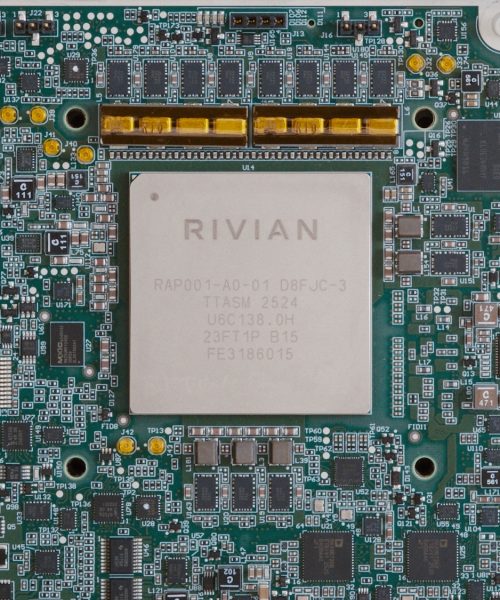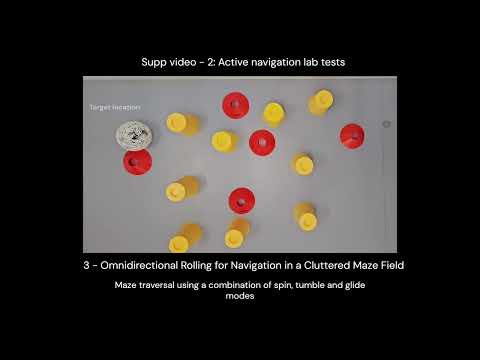One of the major selling points of supposedly “touchless” payment methods like Apple Pay and modern bank cards has been the promise of less physical contact with potentially germ-covered surfaces. That’s sometimes true, but often the initial “tap” for a latte is followed by a prompt to select a tip amount on a shared screen. For debit cards or higher-value purchases, customers may also be asked to enter a PIN. Suddenly, one of the core justifications for Near Field Communication, the technology powering tap-to-pay, starts to feel redundant.
But what if all those button presses and taps could be replaced by simply waving your card or phone in the air?
Researchers at the University of British Columbia in Vancouver believe they’ve developed a solution. By analyzing subtle variations in the magnetic fields generated when NFC cards interact with antennas, they identified nine distinct movement gestures that can serve as additional inputs. In testing, volunteers were able to swipe, rub, and shake their cards to select tip amounts, choose items from a vending machine, and even enter a PIN to verify their identity.
And while it might take some getting used to seeing people wildly gesticulating in front of payment kiosks, a widespread rollout of gesture-based inputs could make payments more secure and accessible, while finally delivering on the “touchless” promise of contactless systems.
Researchers showed off their new gesture findings in a paper presented at the User Interface Software and Technology conference last week.
Making NFC actually touchless
Near Field Communication (NFC) first appeared in Nokia phones about 20 years ago and has since become the backbone of contactless payment and identity verification in modern smartphones and bank cards. The technology is also used in wearables, hotel key cards, and even passports. In practice, an NFC-enabled device interacts with a reader (like a payment terminal or smart lock) by transmitting a signal that the reader interprets and validates.
Until now, input in that process has been limited to physically tapping the device against a reader, a constraint researchers call a “single interactive modality.” In this paper, they set out to explore whether new modalities could be created. To test this, they held an NFC card near an antenna reader and used a connected computer to observe the raw data waves that appeared. The magnetic fields generated by the NFC device weren’t static; they shifted depending on the card’s angle and direction relative to the antenna. Using a custom-built AI system to analyze these variations, the researchers discovered that certain movements could actually function as inputs.
The researchers went a step further by adding several copper coils to the antenna, which allowed them to manipulate the magnetic fields more precisely. After analyzing the resulting wave patterns, they identified nine gestures that could serve as inputs. These included swiping up or down, swiping left or right across the card, a double tap, and a horizontal rub along the card’s surface.
The researchers then recruited 10 volunteers aged 22 to 32, taught them the gestures, and had them perform a series of experiments. In one test, participants used the swipe-up and swipe-down gestures to select options from a payment processor tip menu, then swiped left to confirm their choice. Another experiment simulated a vending machine, where participants used the same swiping gestures to select a snack or soda. Overall, the reader correctly interpreted the movements 92 percent of the time. The swipers, meanwhile, reported that the gestures were generally easy to perform and remember.
Gesture payments would require overhauling every NFC reader
The findings are still preliminary, but the researchers are confident that current touchscreen payment terminals could eventually be replaced by readers capable of supporting NFC gesture-based interactions. Some newer NFC readers already have the computing power needed for this transition, while upgrading older terminals is estimated to cost around $20 each.
“It’s a cheap upgrade,” senior author and Professor of Computer Science Robert Xiao said in a statement.
Whether the average person will find it worthwhile to learn a new “gesture routine” for adding a tip remains unclear. While events like the COVID-19 pandemic have been shown to increase consumer interest in contactless payment options, it’s hard to say how eager the typical coffee shop patron really is to eliminate a few extra button presses.






